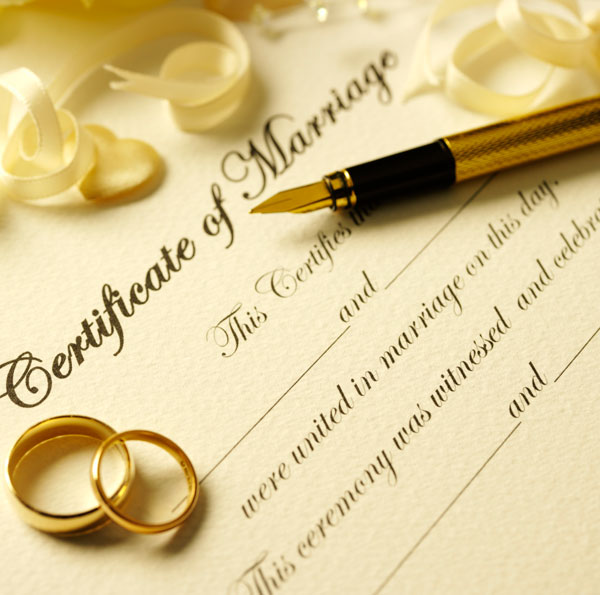Unlike regularly approached and conducted marriage, common law marriage is slightly different. The difference comes in with the paperwork and the overall protocol with which the marriage comes about. The two key differences in a common law marriage and a traditional marriage is the absence of a marriage certificate and also that it can be finalized without a reception.
All it is interested is the marriage itself, one that can also be the cause of a habit. Because of the absence of the marriage license itself, the idea of a common law marriage is still either illegal or not recognized by many states in the world.
Recognizing Common Law Marriage
There are several states such as Colorado, Iowa, Kansas, Montana, and others that do not still recognize common law marriage as they do the traditional idea of it. However, at the same time, these states do not necessarily completely shun the idea either. It is a common and a basic understanding that each law that exists in the world has a different law for every existing element and component. Similarly, each state has its own parameter set for marriage.
These are the ones they recognize and the ones that help them deal with matters that might surpass after marriage. There are many states, however, that accepted common law marriage until it was prohibited as a whole.

Elements of Common Law Marriage
It is up to a judge of court to decide whether a couple qualifies as being part of a common law marriage. There are several elements and components that have to be assessed before one can be eligible for a common law marriage. In order to ensure that a common law marriage exists, these are significant rules:
- Living Together
It is important for the couple to be living together. However, at the same time the duration of the time when the couple lives together varies from state to state. Hence, the period of time must be followed depending on the state you are living in.
- Ability to Wed
As the title suggests, this means that you must be eligible and above or must meet the age requirement for marriage, as specified by the state. In most of the states, the common ordeal is to be either eighteen or above. The reason why this is so is to ensure that both the individuals are sound enough to deal with marriage.
- Resolution to Wed
It is also significant that both the individuals should be resolved to marry one another even though they do not go through the formalities altogether. Sometimes spouses declare formally that they do not intend to marry the other; this is a legal requirement by several states. Both the individuals must be willing to marry.
- Holding Out
It is important that the couple holds out, this means that within the community they must refer to one another as husband and wife for a certain period of time. It is important that both the individuals have a joint fund, credit and also have filed joint tax returns. The duties within the house should also be divided amongst the two for them to establish a peacefully existing common law marriage.
Through this, you can be eligible for common law marriage.
Michelle Hannigan is a law professor. She refers to the examples given by DJP Solicitors to assist individuals interested in common law marriages.
